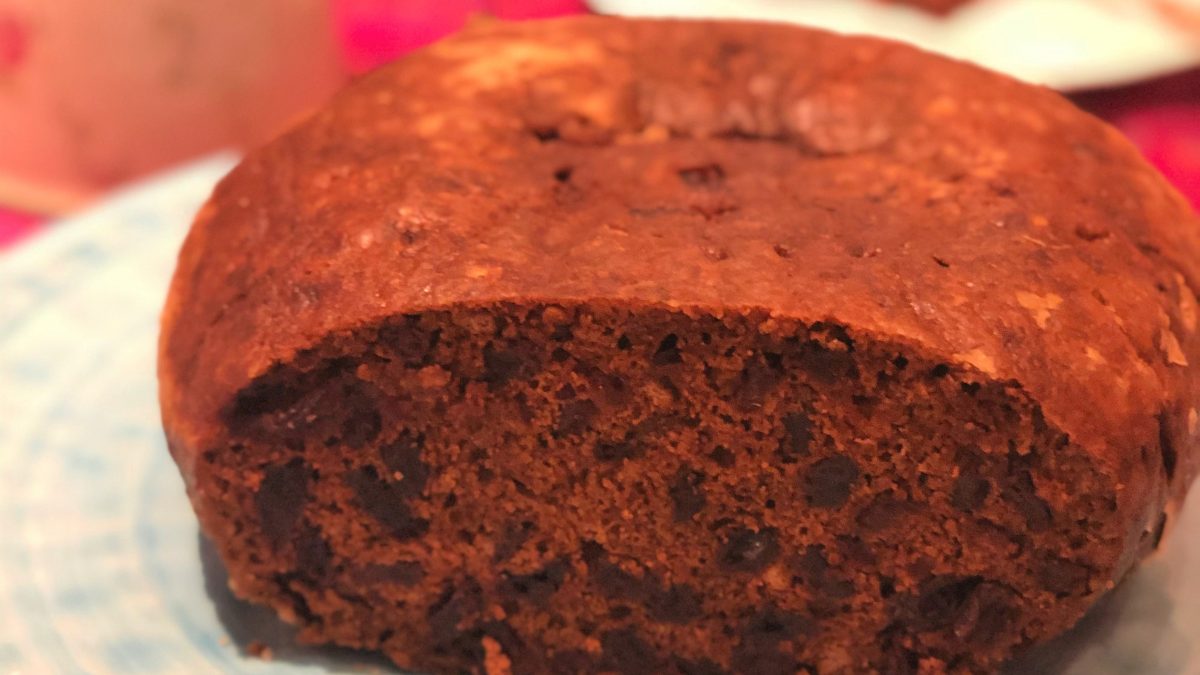
CHINNOR PARISH COUNCIL NEWS
December 30, 2019
New Year, new diet for your pet?
December 30, 2019This classic Scottish pudding is traditionally served on Burn’s Night. It’s similar to our Christmas pudding but with less dried fruit. It’s boiled in an old pillow case, piece of muslin or tea towel to give it a round shape but can be made in a pudding bowl. ‘Clootie’ means cloth, so if you make it in a pudding bowl it’s really a Dumpling not a Clootie Dumpling. Serve with custard.
Ingredients:
A little butter or sunflower oil for greasing
350g self-raising flour
100g fresh, white breadcrumbs
125g vegetable suet
125g dark muscovado sugar
½ tsp salt
1 tsp mixed spice
1tsp ground ginger
2 tsp ground cinnamon
¼ tsp freshly grated nutmeg
1 Bramley apple, peeled and grated
175g raisins
175g sultanas
2 tbsp black treacle
150ml milk
2 medium eggs

How to make clootie dumpling… WASH YOUR HANDS
- Wet your pillow case, muslin or tea towel, squeeze the excess water out and spread it on a clean worksurface. Cut two pieces of baking parchment the same size as the cloth or cloot and lay these in a ‘cross’ on top and lightly grease with a little butter or sunflower oil. Fill a very large pan of water up to 8cm from the top and put this on to boil.
- In a large mixing bowl, mix together the flour, breadcrumbs, suet, sugar, salt and spices. Stir in the grated apple, raisins and sultanas. In a small bowl, mix together the treacle, milk and eggs. Stir the wet ingredients into the dry ingredients. It should be quite a stiff mixture, stiffer than Christmas pudding or Victoria sponge mix.
- Dust the baking parchment with flour, making sure to cover every part of the surface. Place the dough into the centre of the ‘cross’. Wet your hands and shape into a ‘round’ (if you don’t wet your hands it will stick to you). Draw up the paper and cloot. Tie it with string, wrapping the string around twice and tying it tightly, leave a little bit of spare room at the top of the cloot as the dumpling will expand a little but make sure it’s tied tightly.
- Put an old saucer in the bottom of the pan and pop the dumpling into the pan of boiling water, cover with a tightly fitting lid. If your lid won’t fit use tin foil to cover the pan, crimping the foil around the edge of the pan so the steam can’t escape. Reduce the heat to a low simmer (or transfer to the bottom of the simmering oven of an AGA) and simmer for 4 hours. Test the dumpling is cooked by inserting a skewer into the centre, it should come out clean, if not, cook for longer.
- Once cooked, remove from the pan, remove the cloot and parchment and transfer to a baking tray. Dry the dumpling in a preheated oven, 180c/gas 5/AGA baking oven or roasting oven for 15-20 minutes. If there is a white skin over the dumpling don’t worry, it’s meant to look like this. Once it’s dried out in the oven this will become darker and form a nice crust on the outside of the dumpling.
- Serve warm with custard or clotted cream. It’s also nice second day fried in butter and served with bacon.




